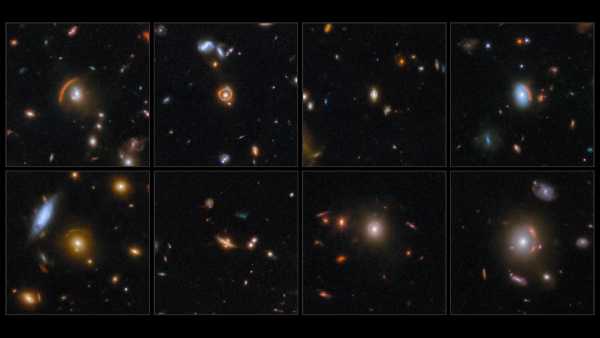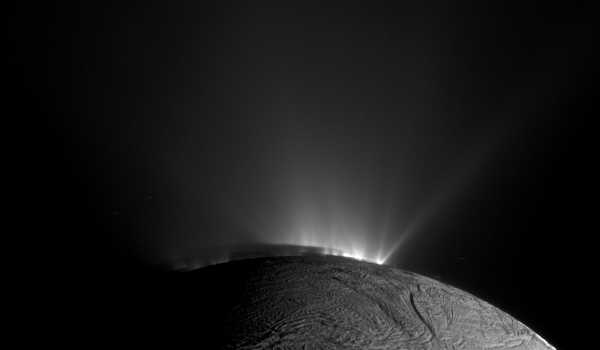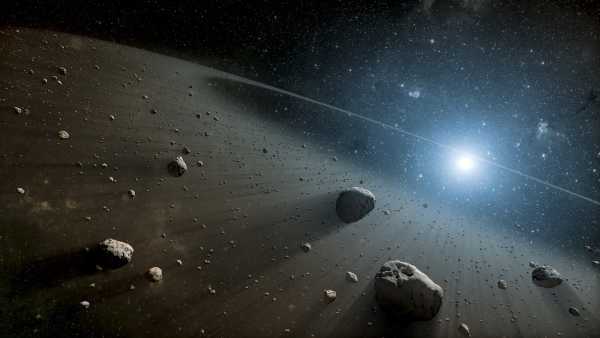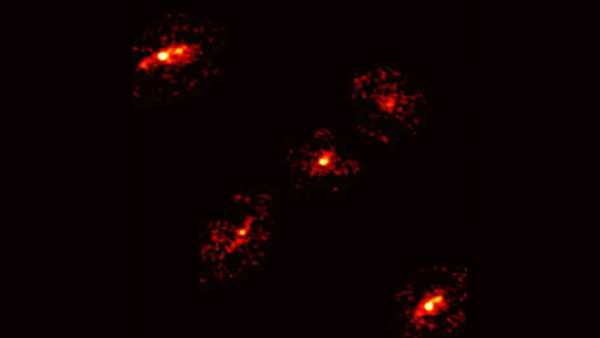
This distinctive “Einstein cross” shows light from a distant galaxy, magnified and repeated five times instead of the usual four. (Image courtesy of Nicholas Lyra Turpo (ALMA) and adapted from Cox et al., 2025.)
A bizarre image of a distant galaxy has revealed what may be a massive clump of dark matter hiding in plain sight.
When astronomers first looked at a new image of the galaxy HerS-3 taken by the Northern Extended Millimeter Array radio telescopes in France, they thought there was a mistake in the data.
You may like
-
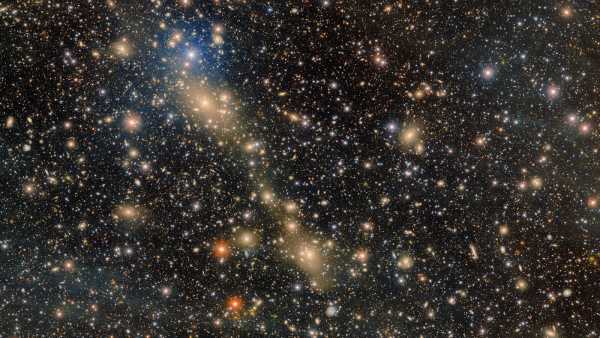
Scientists have captured a bridge of wandering stars being sucked from one galaxy into another.
-
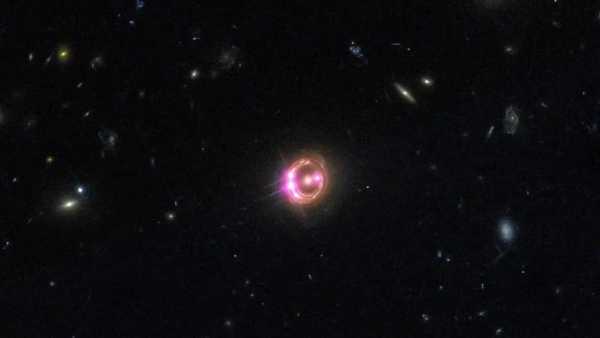
Astronomers use rare 'double zoom' to view black hole's corona in unprecedented detail
-
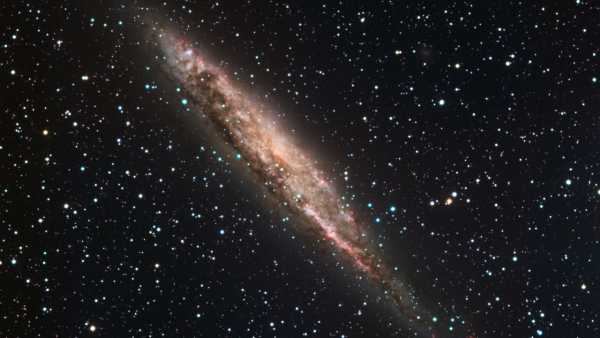
Scientists may have discovered a powerful new space object: “It doesn't fit into any known category.”
The image showed what appeared to be an “Einstein cross.” This rare phenomenon occurs when light from a distant galaxy or quasar (a bright galaxy with a feeding black hole at its center) is refracted around the gravitational field of a massive object in front of it, so that from an observer's perspective, it appears to be split into four points. But what made this configuration unusual was the fifth point of light glowing at its center. At first, “we thought it was an instrumental issue,” Cox said.
Because the photons of an Einstein cross bend around the central mass, scientists don't typically expect to see a butt in the middle.
“You can't get a fifth image in the center unless there's something unusual going on with the mass refracting the light,” said Charles Keeton, an astronomer at Rutgers University and co-author of a new study describing the findings.
In a study published September 16 in The Astrophysical Journal, researchers used computer modeling to attempt to pinpoint the nature of the strange cross. Analysis revealed that all the glowing dots originated from HerS-3, ruling out interference from a closer, brighter object. They also ruled out a simple instrument malfunction by comparing the image with data obtained by the Large Millimeter/submillimeter Array (ALMA) in Chile.
Finally, they ran a computer simulation in which the dark matter mass was located in front of HerS-3—and this time the results matched their observations.
RELATED STORIES
— The James Webb telescope may have discovered an entirely new class of cosmic object: a black hole.
— Scientists are observing the birth of a young planet in real time.
A new study warns that if we act quickly, we could nuke the “city killer” asteroid 2024 YR4 before it hits the Moon.
Dark matter is notoriously difficult to visualize. It doesn't absorb, reflect, or emit light, making it functionally invisible. However, it does have gravity. A large dark matter halo would have sufficient gravity to refract the light of a galaxy directly behind it, while the galaxy itself would remain visible (and therefore could be deformed into an Einstein cross).
This discovery opens up an exciting opportunity for scientists to learn more about the interactions of dark matter with other cosmic objects. “We can study both the distant galaxy and the invisible matter refracting its light,” Cox said.
The team hopes to use these future observations to further test and refine computational models.

Joanna Thompson, Social Links Navigator, Live Science Contributor
Joanna Thompson is a science journalist and runner based in New York City. She holds a BA in zoology and a BA in creative writing from North Carolina State University, and a Master of Science in science journalism from the Science, Health, and Environment Reporting Program at New York University. Her other work can be found in Scientific American, The Daily Beast, Atlas Obscura, and Audubon Magazine.
You must verify your public display name before commenting.
Please log out and log back in. You will then be asked to enter a display name.
Exit Read more
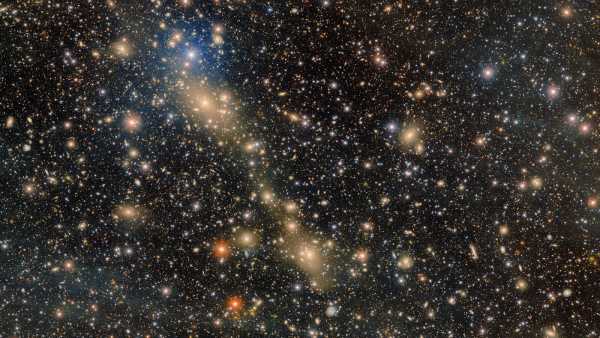
Scientists have captured a bridge of wandering stars being sucked from one galaxy into another.
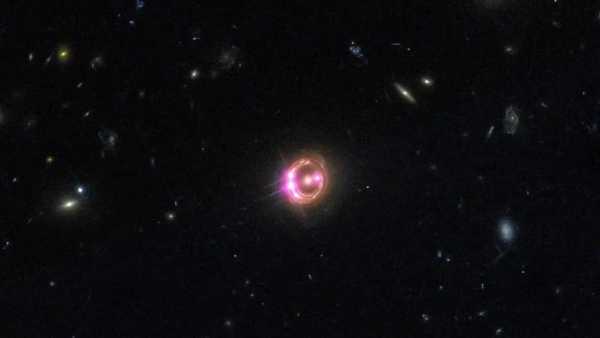
Astronomers use rare 'double zoom' to view black hole's corona in unprecedented detail
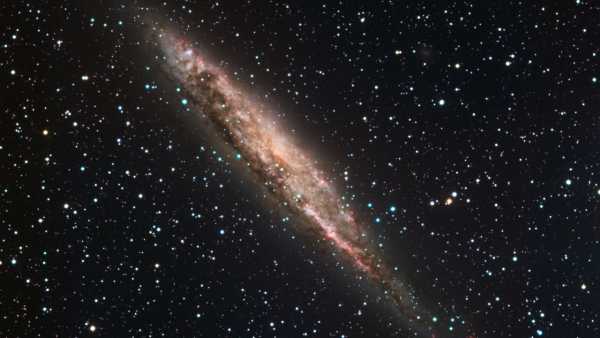
Scientists may have discovered a powerful new space object: “It doesn't fit into any known category.”
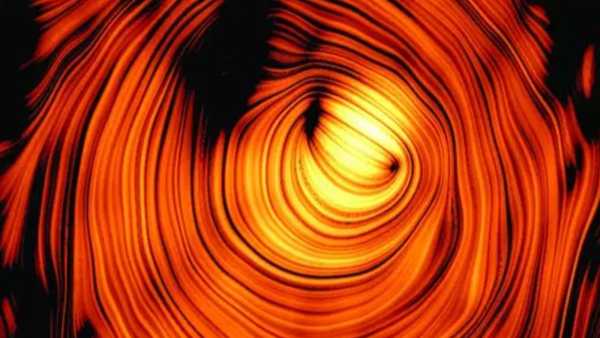
A giant cosmic “Eye of Sauron” has been captured pointed directly at us in a stunning 15-year-old time-lapse image.
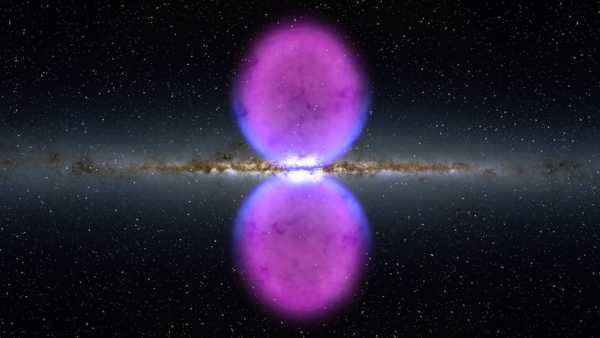
Ice cube-shaped clouds discovered at the center of a galaxy shouldn't exist – and they hint at a recent black hole explosion.
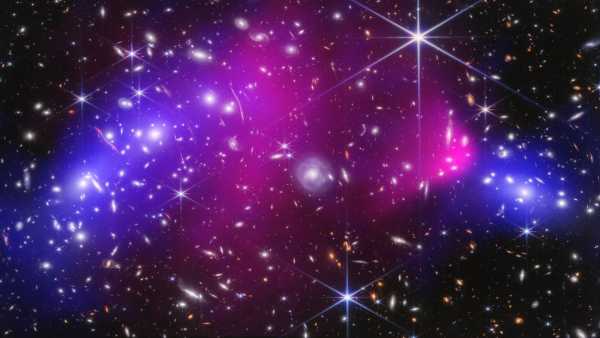
The James Webb Space Telescope has discovered stunning galaxies in the Bullet Cluster: Space Photo of the Week
Latest news from space
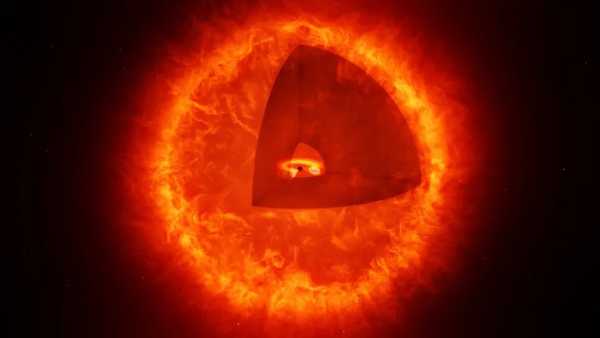
The James Webb Space Telescope may have discovered an entirely new class of cosmic object: a black hole.
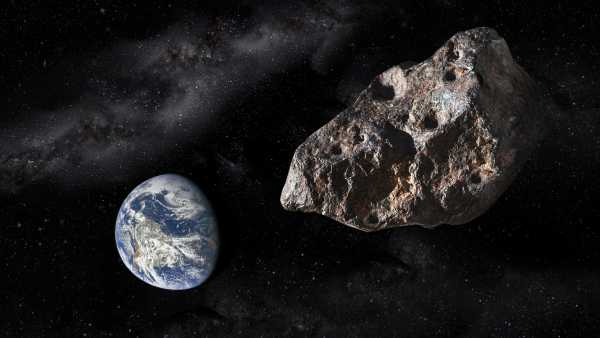
City-killer asteroid could be destroyed by nuclear explosion before it approaches the Moon
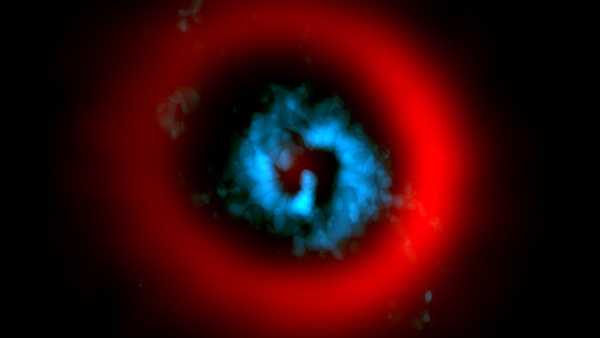
Scientists are observing the birth of a young planet in real time (photo)
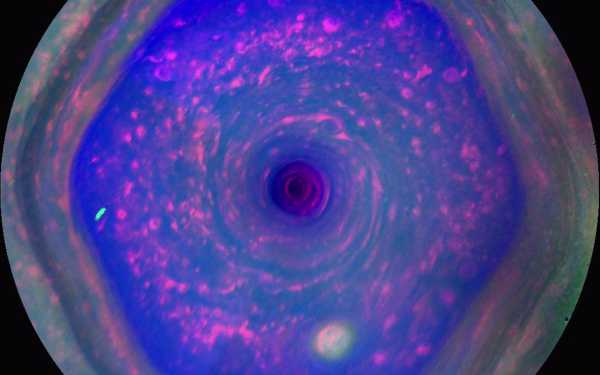
'Completely inexplicable': James Webb Space Telescope discovers strange 'dark beads' in Saturn's atmosphere
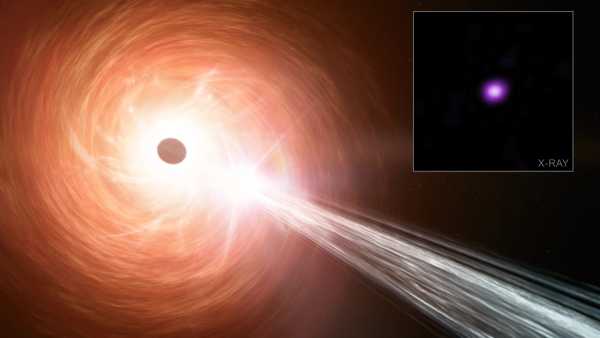
'Shocking': Black hole discovered growing 2.4 times faster than theoretical limit
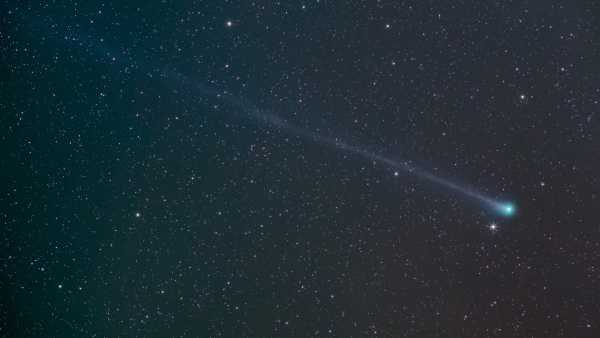
Watch the sky! This October, you'll be able to see two bright comets on the same night during a meteor shower.
Latest news
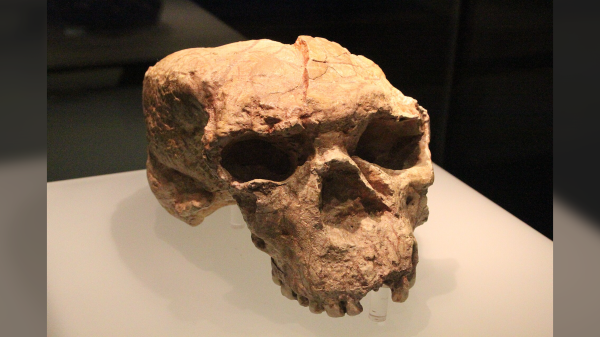
A 1-million-year-old skull from China holds clues to the origins of Neanderthals, Denisovans, and humans.

A mysterious creature discovered in Peru's 'forbidden cloud forest' is a new species of marsupial.
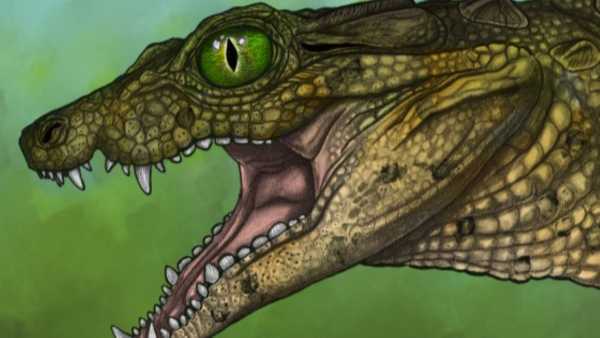
A 95-million-year-old, never-before-seen 'tiny skull' of a crocodile-like creature has been discovered in Montana.
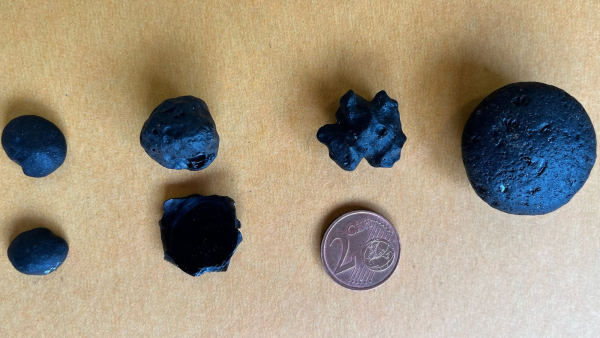
Strange glass in Australia appears to be formed by a giant asteroid impact, but scientists 'have yet to find the crater'
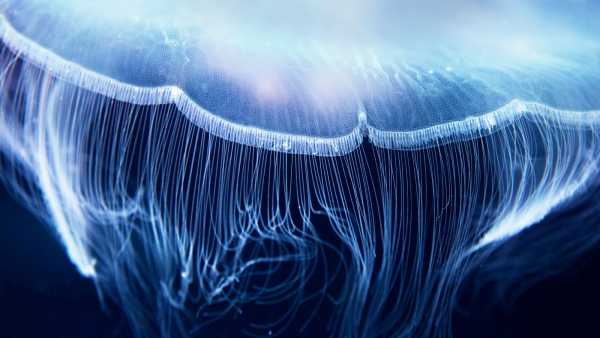
A scientific breakthrough has led to the creation of a 'fluorescent biological qubit' – this could mean turning your cells into quantum sensors.
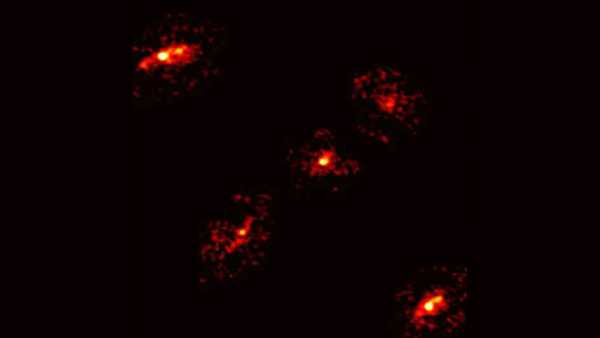
Scientists were shocked to discover a rare 'Einstein cross' with a surprise at its centre.
LATEST ARTICLES

1A mysterious creature discovered in Peru's 'forbidden cloud forest' is a new species of marsupial.
Live Science magazine is part of Future US Inc., an international media group and leading digital publisher. Visit our corporate website.
- About Us
- Contact Future experts
- Terms and Conditions
- Privacy Policy
- Cookie Policy
- Accessibility Statement
- Advertise with us
- Web notifications
- Career
- Editorial standards
- How to present history to us
© Future US, Inc. Full 7th Floor, 130 West 42nd Street, New York, NY 10036.
var dfp_config = { “site_platform”: “vanilla”, “keywords”: “type-news-daily,serversidehawk,videoarticle,van-enable-adviser-
Sourse: www.livescience.com


